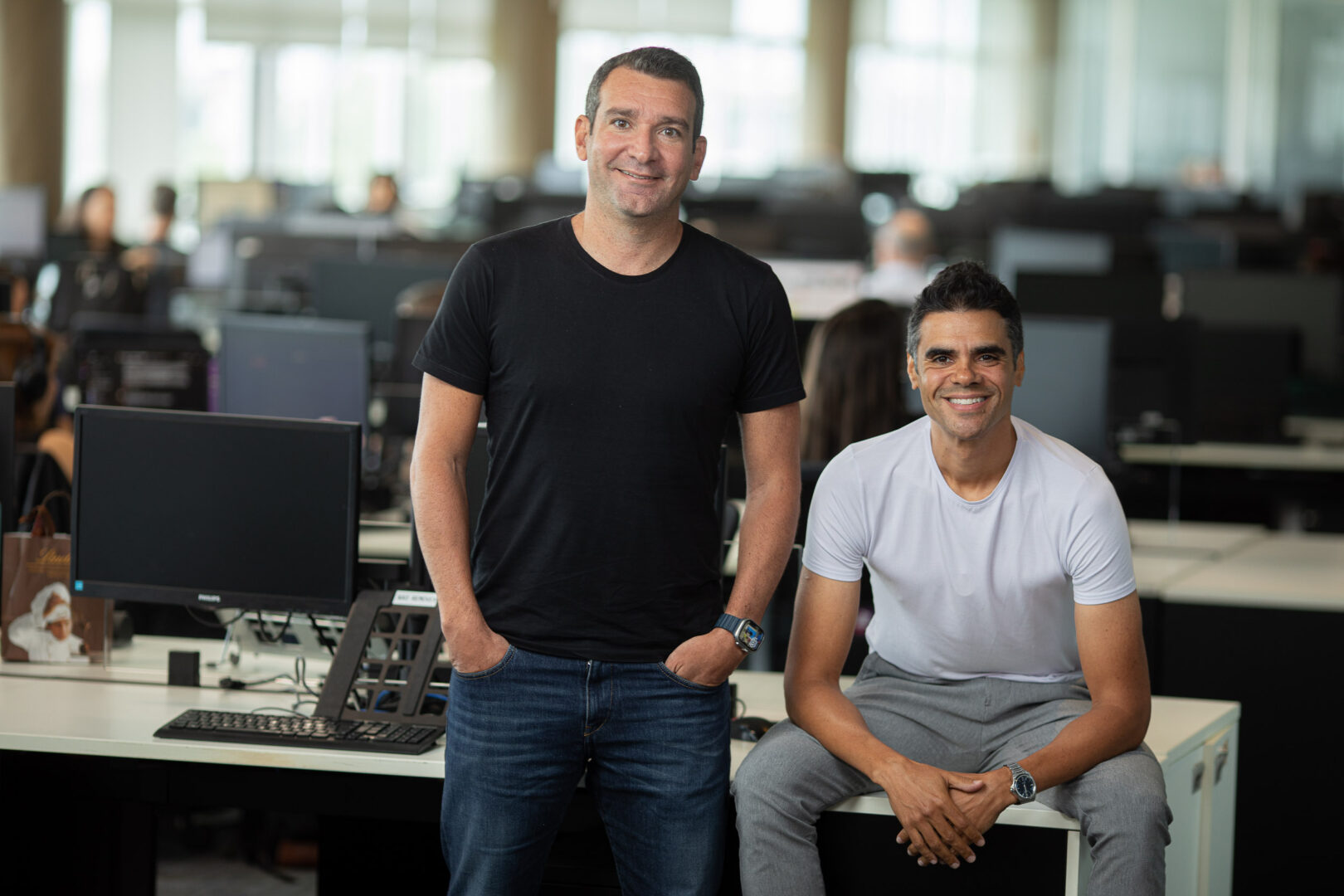Design methodologies, methods & processes!
Every day, we are faced with some activity composed of stages. Often, we don't see them that way because they are part of our routine. But stop to think for a moment about dishwashing. That's right, washing dishes!
Personally, I have a very specific order for choosing the items that I will wash, soap, rinse and place in a dryer to drain the water. My way of carrying out this household task is very different, for example, from someone who has a dishwasher.
I already knew someone who pre-washed the dishes before putting them in the machine. Note how this is a simple example of a banal routine, where we find different processes to perform the same action.
With this simple metaphor, I want to make you reflect on how we can achieve a goal through different processes. In this content, we are going to talk about design processes, its stages and particularities.
Washing the dishes, a banal routine where we find different processes to perform the same activity.
Concept of design processes
Processes, in my view, are strategies for emptying the mind and getting organized. They are steps that we follow to program steps and tools in order to leave the environment around us prepared to solve a problem or perform an activity.
Organizing our steps creates clarity about what we need to do.
Clear Design Processes lead to simple and peaceful paths in solving issues. Already methods and techniques suitable they guide the designer in discovering the best way to solve problems and, in our case, in the development and improvement of a product.
The process should be a guide to see where the design can go.
design methods
design methods are guarantees of the effectiveness of the process and the delivery of design quality. Ignoring the separation of design areas, be it industrial, product or graphic, when we look at the process we will always come across the “basic that works”.
Thus, “we can make a division of stages formed by information, observations and reflections that result from an investigation” (GERHARDT and SILVEIRA, 2009, p. 76). In this way, we can transform this knowledge into a “written account of what the investigator hears, sees, experiences and thinks in the course of a qualitative study” (BOGDAN and BIKLEN, 1991, p. 150).
Steps of methods
The first step is aligned with an understanding very similar to the concepts of common briefing techniques in the marketing area. That's when we do an alignment and look at data collection techniques, the popular Discovery in the product world.
We move to the discovery stage where we seek, through research, important questions in relation to the product. In this way, we put relevant data on the scales that come into balance with all hypotheses constructed internally.
Soon after, comes the analysis and ideation stage. This phase is one of the most challenging, because we need to rationalize everything that was discovered in the information collected. From this, to solve the problem raised, we devise the paths we will follow.
The stage of design or design of ideas, consists of the visual development that materializes the ideas, with the aim of making them tangible and testable. The famous prototype.
No tests, we validate the discovery along with the personas built around the initial problem. Here, we observe opinions, behaviors and understanding of the solution we build.
Finally, we come to the follow-up of everything that was validated and launched to see the engagement of what was produced. This step could very well be seen as final. However, it feeds a generation of insights for the next cycles of the developed solution.
In summary, the design process is:
- To understand;
- To look for;
- Do the design;
- To analyze;
- To accompany.
In the course of your design journey, you will come across several models of processes that encompass these same steps. What matters, in the end, is that this journey should be simple, straightforward and structured.
Adapt the design methodology
A clear and complete design process can guide you in an orderly way, optimizing and simplifying the result.
The process determines the stages of design, while design requires specific methods and strategies to support and guide it.
The methods determine the measures and effects of the design and must be adapted and changed according to the specific procedures. In this way, problems are solved efficiently and creatively.
At this point, it is essential to remember that UX — User experience, that is, the study of user experience, it is not a direct and predetermined process. It needs constant adaptations.
In the process of finding the ideal product and design, you have to go back and forth until you find the right fit. Therefore, we must adapt to the problems we are trying to solve together with other areas and teams.
Design process standards
The patterns that make up design methods are an important part of the methodology. It is a much broader concept than a process.
Methodologies comprise a set of principles and best practice guidelines for applying methods and processes related to a discipline.
design methodology it is an area of knowledge studied by designers to research and test the path through which it will be possible to obtain a result in a project; Through it, it will be possible to foresee, in advance, a set of procedures, rules and techniques to reach a foreseen goal.
a method it's an isolated way of doing things. It is related to the project stages, while the methodology is a set of methods.
Methodology is the entire execution of the the project. It is a science that deals with the study of methods, techniques or tools, their applications and definitions. Thus, they are composed of instruments for ordering, organizing and logical support for development, and for organizing the resolution of theoretical and practical problems.
The methodology embraces the process, serving the designer with methods and tools.
The dialogue between methodology and design allowed the latter to become teachable, learnable and communicable. This is because design theory and methodology are developed based on hypotheses and assumptions that aim to improve methods, rules and criteria.
Conclusion
Knowing the base theory can give us the power to apply it and not just be a passive member of the projects.
Every designer needs to be aware of the depth of this knowledge and its applicability in everyday life.
The base makes us understand our daily actions so that, even in failure, the support of the methodology gives us a way to recover through some process.
It is our responsibility as designers to go beyond the operational. Thus, our action within the companies takes place actively and not just in a replicative way, without understanding the reasons that exist in our processes.
Bonsiepe et al. (1984, p. 34) points out that the design methodology should not be confused with a book of cake recipes, as cake recipes certainly lead to a certain result, and design techniques only have a certain “probability of success”.
Know how to use every piece of equipment to deliver top-notch work by valuing what you do, even if it's doing the dishes.
Did you like to know a little more about methodologies, methods and processes in design?
Check out more content like this on our Blog!
Want to be our neighbor tech writer? Check out our vacancies on the page Careers!
To the next!


